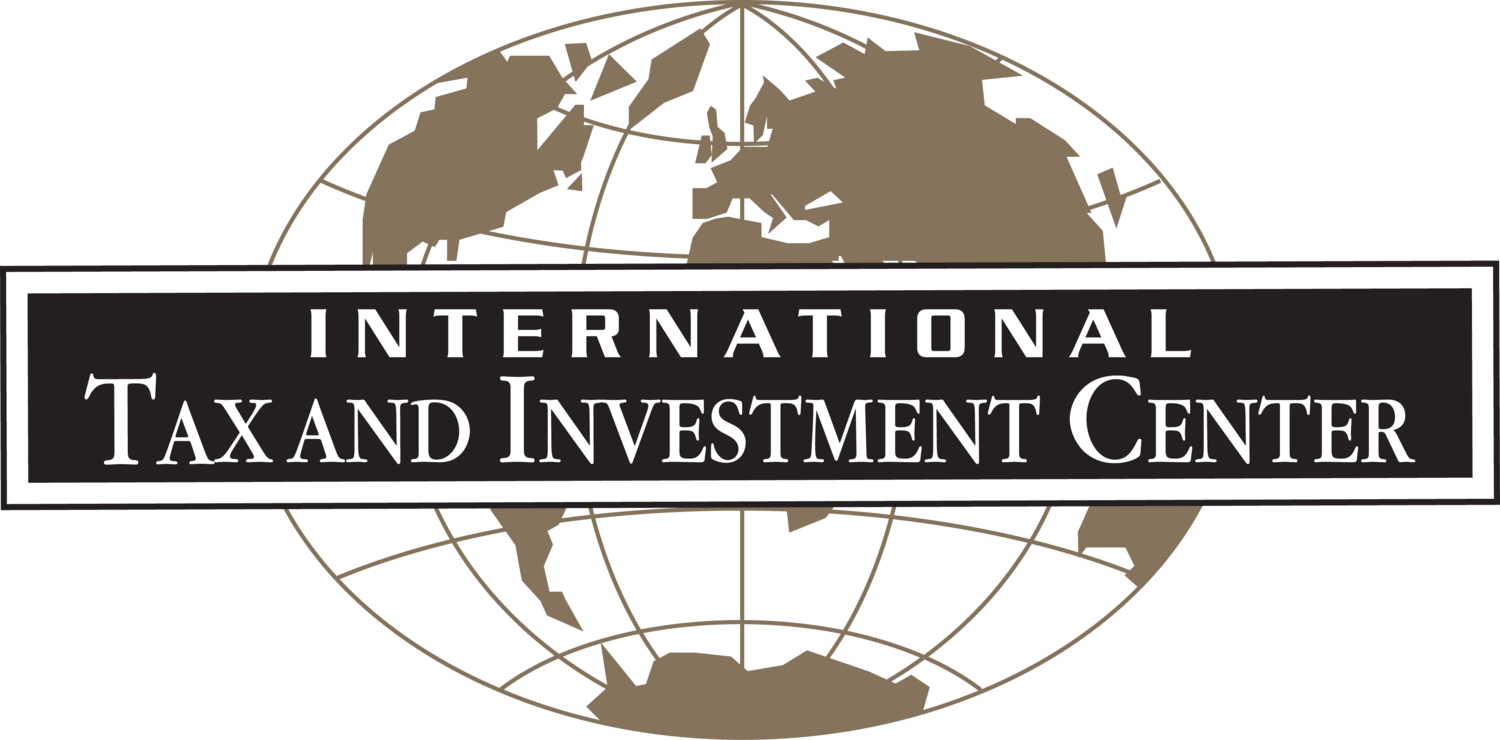After 11 long years, GST has finally become a reality in India. Implementing GST provides an opportunity to remove (or at least mitigate) the weaknesses that both the Centre and States faced with the existing indirect tax structure. With GST, the cascading of tax will almost be eliminated and compliance costs will be minimised -- first by reducing the multiplicity of taxes and then by bringing in technology for taxpayers and taxmen to interact. Transportation and logistics costs will also be drastically reduced, and inter-State check posts will be removed, thereby providing a country-wide Common Economic Market. Finally, GST is a destination-based consumption tax that will pave the way for industry development through improved infrastructure, road networks, and power stations expected to be built with the extra revenue that will go to the States.
GST – Long-Awaited Step in India’s Economic Reforms
After 11 long years, the journey to introduce a Goods and Services Tax (GST) in India is now nearly complete. The Dual GST Model will see the Central Government, 31 State Governments and 5 Union Territories levy and collect GST concurrently on a common tax base. The final hurdle was passed on 29 March when the lower house of the Union Parliament, Lok Sabha, approved the follow-up implementation related to the CGST Act, UTGST Act and IGST Act. Additionally, the act relating to compensation by the Centre to the States for possible revenue loss due to GST has also been passed. The 31 States will now follow suit in getting the SGST Acts passed in their respective State legislatures, based on the common template for the laws that was finalized with consensus among the Centre and the States. No further problem or delay is envisaged, particularly because the template was decided by the GST Council unanimously, and the council has representatives from all political parties ruling different states.
GST in India: An Update
In August 2016, the Indian Constitution was amended to empower both the center and the states to levy and collect goods and services tax (GST). The GST Council is a constitutional body created to steer the GST implementation; it is made up of Finance Ministers from the center and the states, and it is chaired by the Union Finance Minister. The GST Council recently announced that GST will be rolled out on 1 July 2017. India has decided to adopt a Dual GST model wherein both the center and the states will levy and collect GST on a common tax base, and the taxpayer will have to interface with only one of the two tax administrations. GST will be a destination-based consumption tax subsuming 17 current indirect taxes – the principal ones being Excise, Countervailing Duty of Customs, and Service Tax of the center and state VAT.

